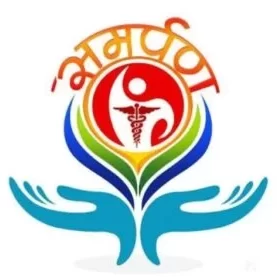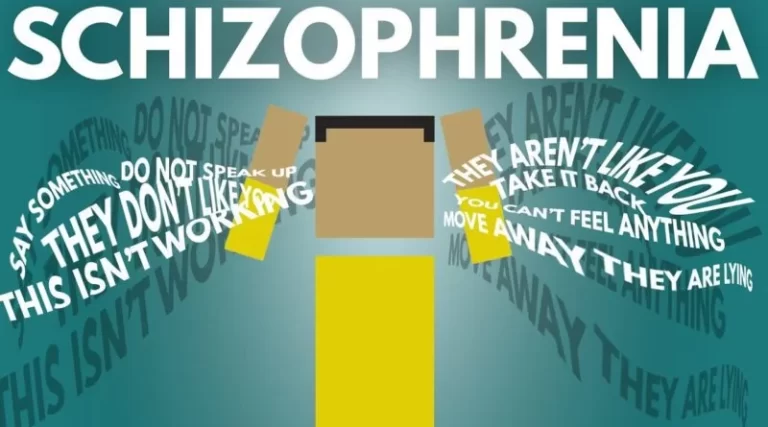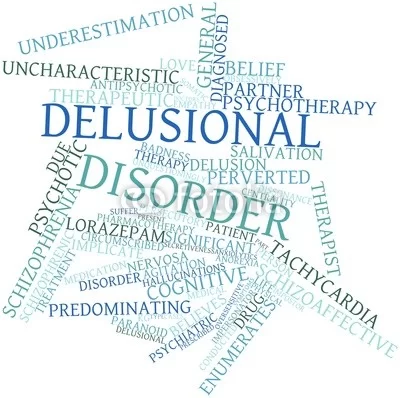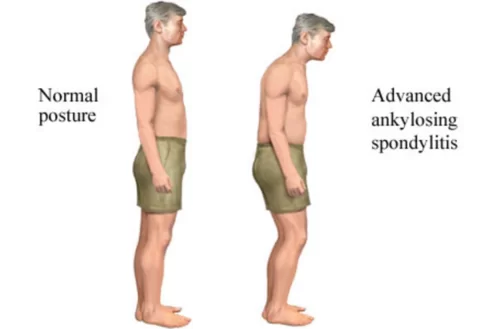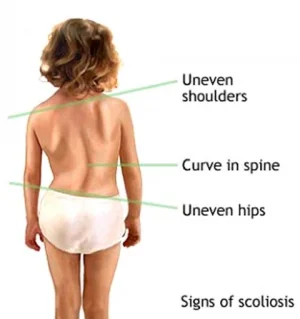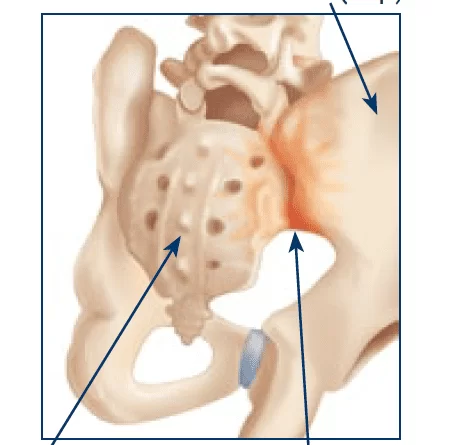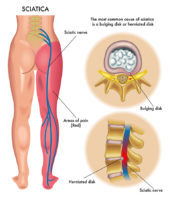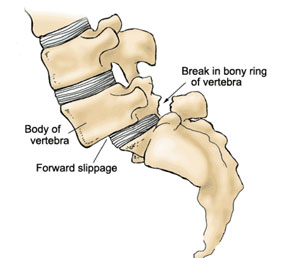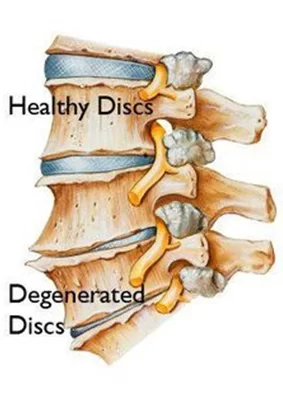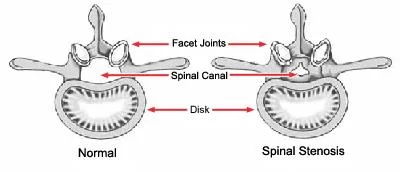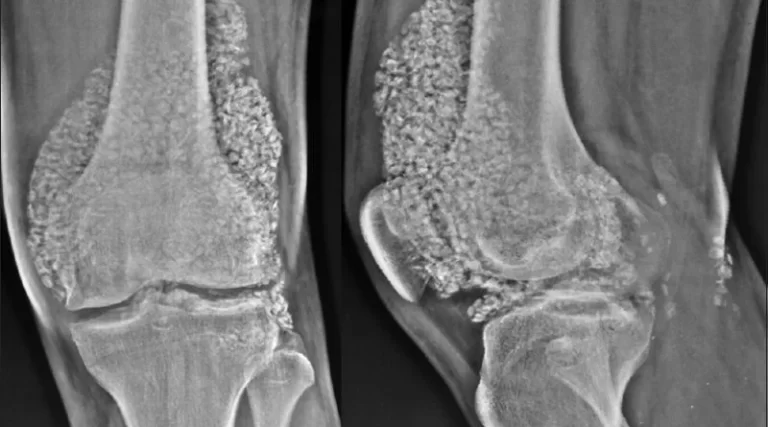SCHIZOPHRENIA
What is a Schizophrenia? Schizophrenia is “a chronic, more or less debilitating illness characterized by perturbations in cognition, affect, and behavior, all of which have a bizzare affect. “ schizophrenia is a mental disorder that usually appears in late adolescence or early adulthood. Characterized by delusions, hallucinations, and other cognitive difficulties, schizophrenia can often be…
